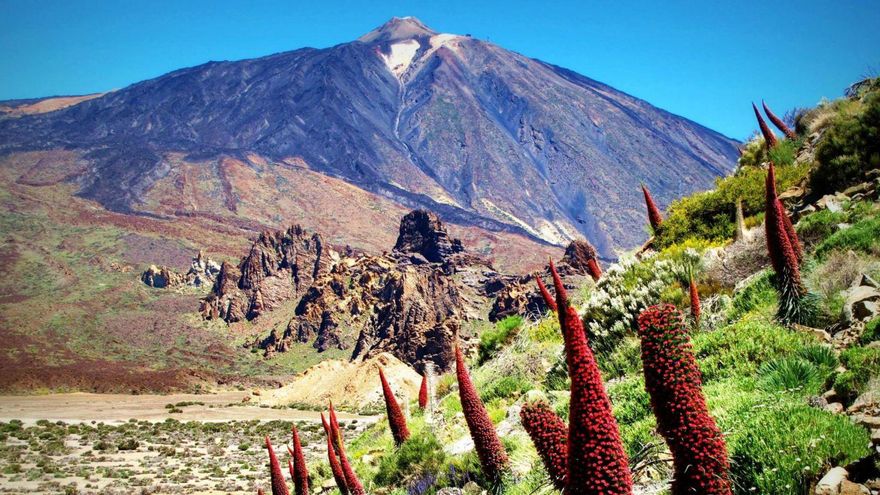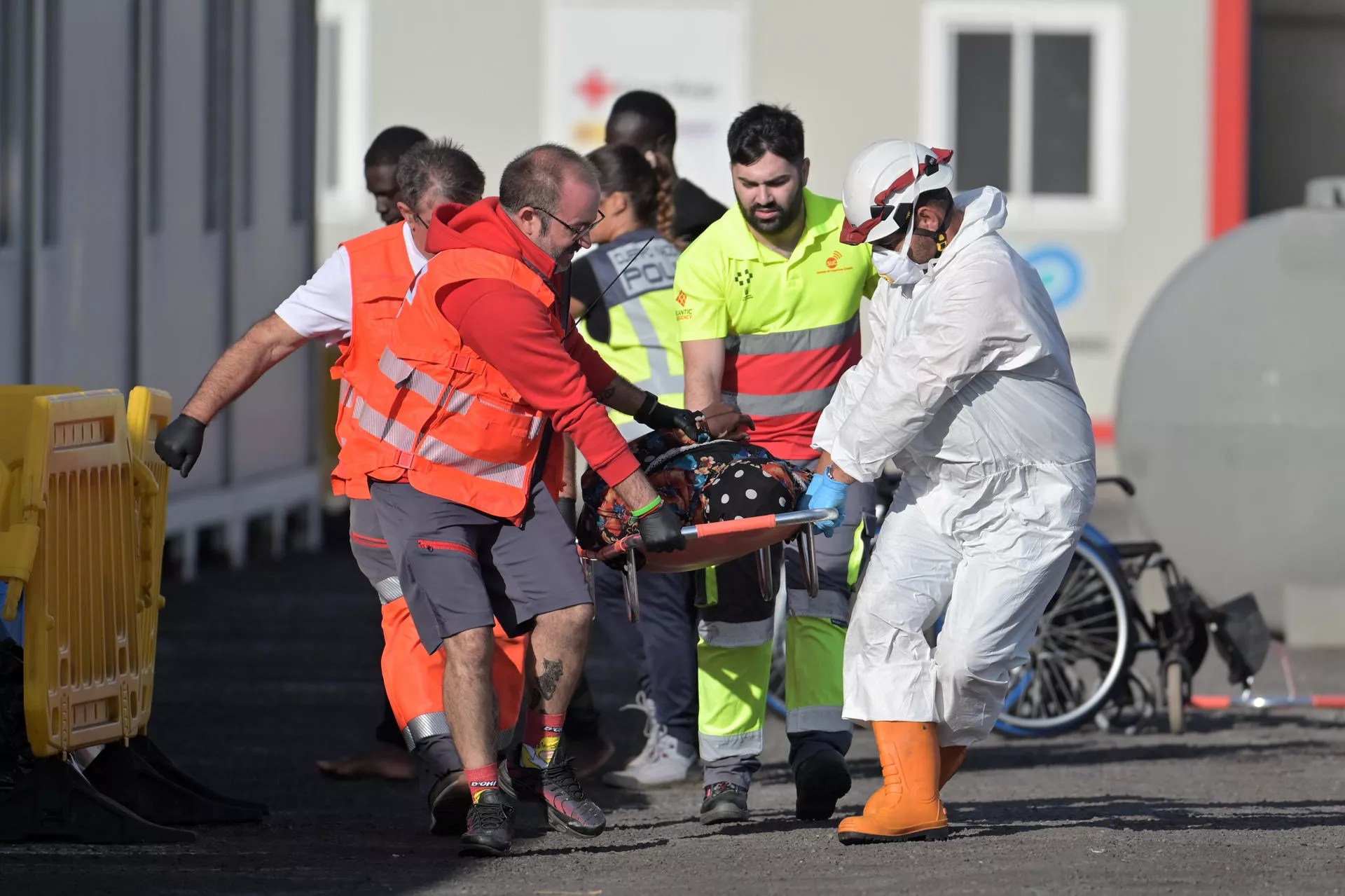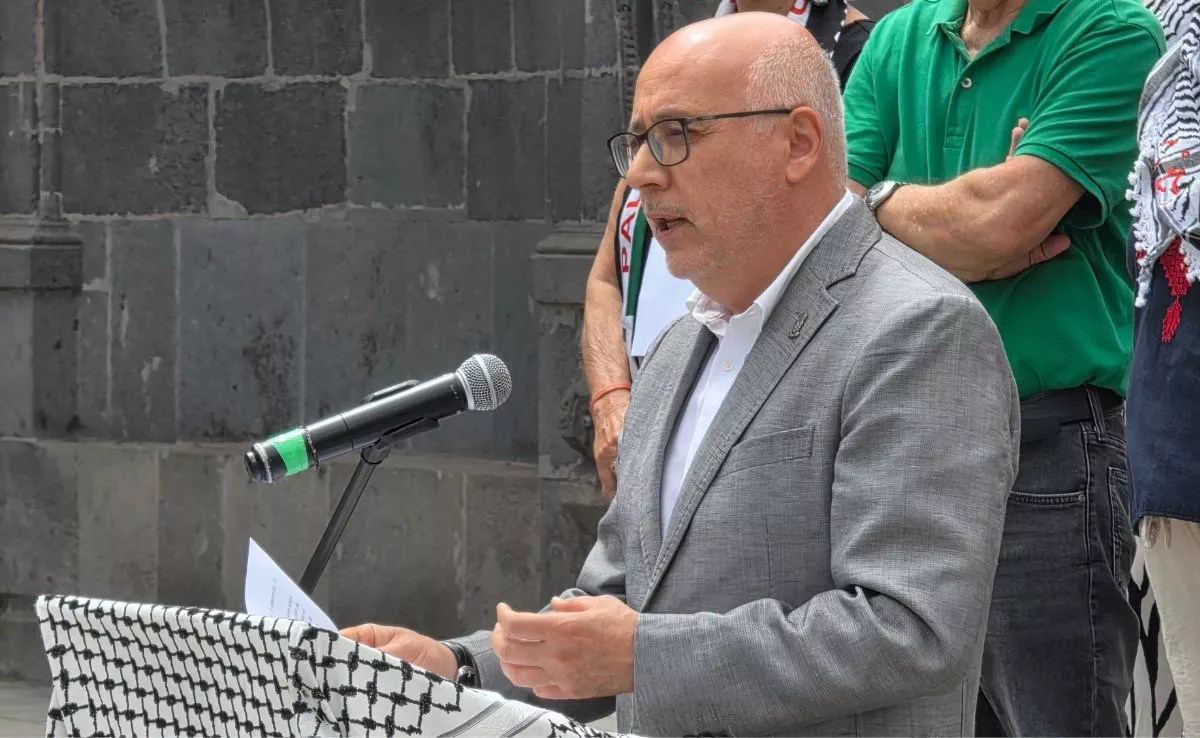
June 27, 2007. Half past ten at night in Canary Islands, half past nine in the morning the day after (28) in Christchurch (New Zealand). The Unesco World Heritage Convention approves that the Parque Nacional del Teidein Tenerifebe declared a Natural Good. Sixteen years later, this unique space still has some pending issues. First of all, not having a new Master Plan for Use and Management (PRUG) despite going on public display in May 2022.
Neither have, a historical deficit, enough security and surveillance personnel in such a large space (almost 19,000 hectares) and fragile, the object of multiple attacks. And the Altavista Refuge, a temple for mountaineers, has been closed for years. A memory of the date and the testimonies of the current president of the Cabildo, Pedro Martín, of the candidate for the position, Rosa Davilaand the expert Pedro Millán serve to contextualize the then and now of the most important protected natural space in the Canary Islands
That historic day in the Antipodes came to fruition after five years of reports, bureaucracy and dispatches. Ricardo Melchior was president of the Tenerife Council, which has managed the natural space since 2015. Government of the Canary Islands chaired by Adán Martín, Milagros Luis Brito from Tenerife. She confessed in a report in this newspaper in 2017 on the tenth anniversary of the milestone that he cried when he learned of the decision. A phrase of his from then remains fully valid today: “On Teide the danger is the overpressure of the people and this right to enjoyment must be reconciled with care for the educational value of the environment.”
The reasons
El Teide has been a National Park since 1954, as recognition and guarantee of protection of its geomorphological, biological and landscape values. Of the ten Unesco criteria to be a World Heritage Site, a space must demonstrate at least one. In the case of Teide there were two. On the one hand, “to be one of the representative examples of important stages in the history of the Earth.” On the other, “contain superlative natural phenomena or areas of exceptional natural beauty and aesthetic importance.”
four years of work
He President of the Council of TenerifePedro Martín, celebrates this anniversary and remembers that “We are talking about the greatest natural wealth that the people of Tenerife have and it is everyone’s job, together with the administrations, to ensure its proper use and maintenance.” The insular president reviews some of the most outstanding actions promoted by the Cabildo in this natural space. Martín points out that, precisely this week, two vehicles have been delivered to Seprona for use in controlling the activity of visitors to the Park, to improve security. Already last April the Cabildo ceded the facilities located in the area of El Portillo so that the Civil Guard may have stays within the National Park.
Proud
Rosa Dávila, candidate for president of the Cabildo de Tenerife for Canarian Coalition, points out that «all of us from Tenerife feel proud of Teide, it identifies us as a people and that is why there needs to be a consensus on its maintenance. Its regulation is one of the main challenges that we face on the Island ». For Dávila “the Teide National Park is one of the elements that identifies Tenerife and we are obliged to reflect on its present and its future. Its designation as a World Heritage Site was an important milestone and we must establish a clear roadmap for its maintenance.
Dávila stresses that the challenge lies in the approval of the new Master Plan for Use and Management, “it is currently paralyzed by the acting Canary Islands Government, waiting to resolve the numerous allegations presented. He concludes: “The new governments of the Canary Islands and the Cabildo have the obligation to work to reach the greatest possible consensus to make conservation compatible with the activities to be developed.”
The expert
Pedro Millán is a geographer and mountaineer. He has enormous experience in the Teide National Park. He recalls that “these dates commemorate the 34th anniversary of the granting of the European Diploma to the National Park and the 16th anniversary of its inclusion in the UNESCO World Heritage Site.” He stresses that “Mount Teide is the jewel in the crown, an irreplaceable icon in the imagination of the people of Tenerife and the Canary Islands. Since we were little we enjoyed its imposing beauties, its breadth, its unique biodiversity, its light, its snow… In my case, in addition, I have been climbing its peaks for more than 38 years to do exciting mountain sports. Evaluate: “It is the place you always return to. And I have tried to get involved in their care, in solving their problems and in making constructive contributions, participating in groups concerned about their conservation, and even in their own Board of Trustees as a representative of the mountaineers.»
Millán considers that “there have been advances in recent years in more complete services or a wide network of well-organized and signposted trails with 41 itineraries. But he understands that the main challenge for the future is “that it not die of success because such imposing values represent a growing pole of attraction. The overcrowding in certain places and hours of the day detracts from the quality of the visit, and adds dangers and discomfort, while affecting the values that are intended to be preserved with the declaration of this space”.
Related to the above, he points out that “there is the safety of so many visitors who often do not come minimally equipped, which motivates many avoidable rescues and other predictable ones.” He considers “essential” to have “adequate planning and management, which does not go through introducing excessive prohibitions, but rather to facilitate compatible activities in an orderly manner, including sustainable mobility. The enjoyment of our natural beauties is compatible with conservation.” Commitment to «incorporate new and qualified personnel for the attention of public use, surveillance and security; there has been little replacement of the personnel that retires and we have lost management capacity”.
He reflected: «It is urgent to decree the full transfer of the park to the Cabildo de Tenerife». He adds: “I reiterate the need for the Altavista Refuge to be reopened with the appropriate quality and service to accommodate the people who are increasingly climbing the peak.” And he concludes: «The other essential facet is the one focused on people, environmental education from school with information and awareness to conserve natural values».
















